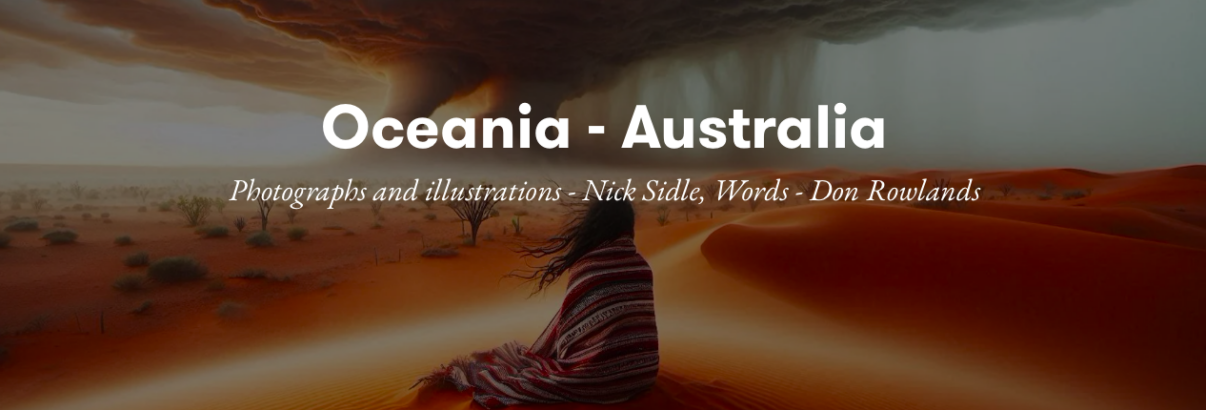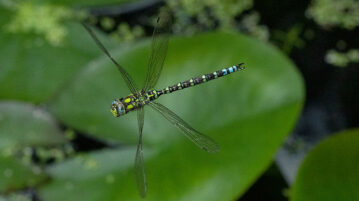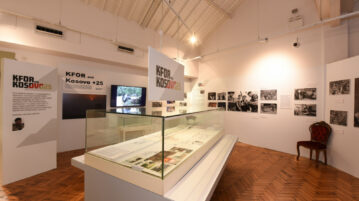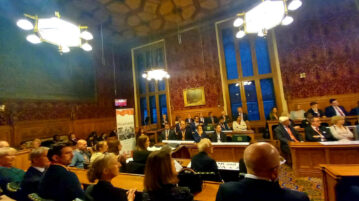On August 22nd 2024, a special Cùra Guardian event took place at Great Glen House in Inverness, the home of NatureScot, the Scottish Government’s environmental arm, bringing together two national Parks – Cairngorms National Park in the Highlands and Munga-Thirri National Park in Queensland Australia. The event marked the start of ‘Oceania’, a new entry on Cura Guardian.
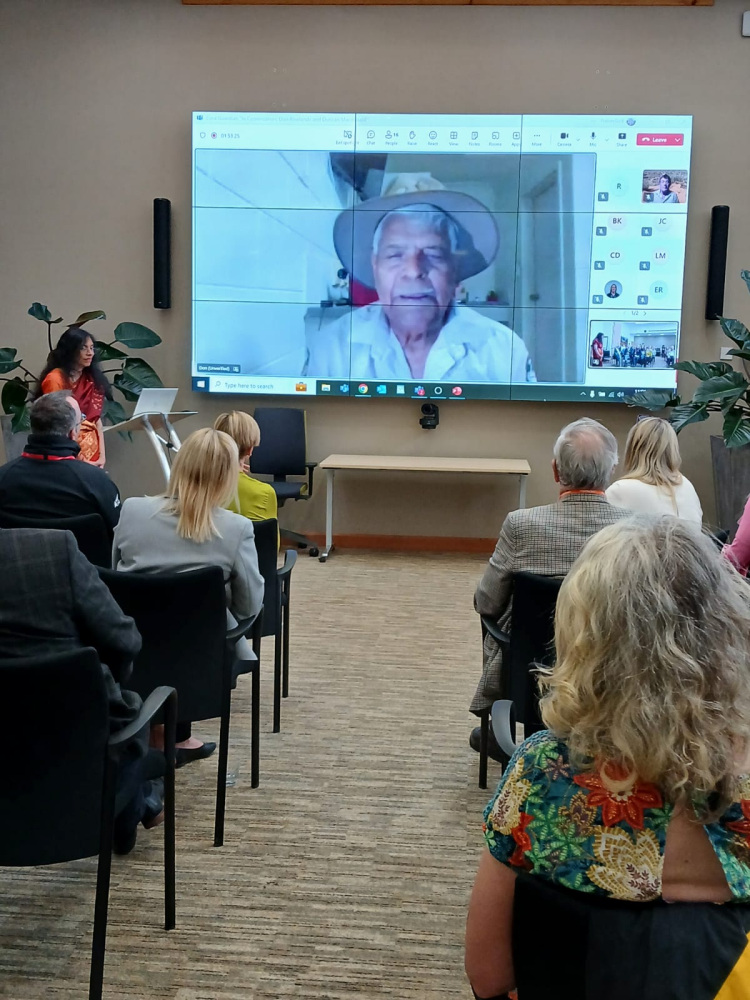
The event featured Don Rowlands, pictured left on screen, Ranger in Charge at Munga-Thirri and Duncan Macdonald, below, Ranger at Cairngorm National Park for a conversation comparing and contrasting practice in both settings.
Don Rowlands has been a ranger at the Park for over 30 years. As an Aboriginal Elder, his concern is that many of the cultural stories, which carry timeless environmental and social messages, are being lost and Cura Guardian is providing one route through which to safeguard at least some of them. It was this concern that led to what has become a unique collaboration with Heartstone’s photographer/writer, Nick Sidle, resulting in the creation of a new story section on Cùra Guardian (at www.curaguardian.com), ‘Oceania’, featuring the first three stories Don has shared from his Aboriginal roots – The Rainbow Serpent, The Mathapurda Pula and Kuti,the Swan. Carrying these stories on Cura Guardian is a great responsibility and an honour, and we are grateful to Don Rowlands for this opportunity.
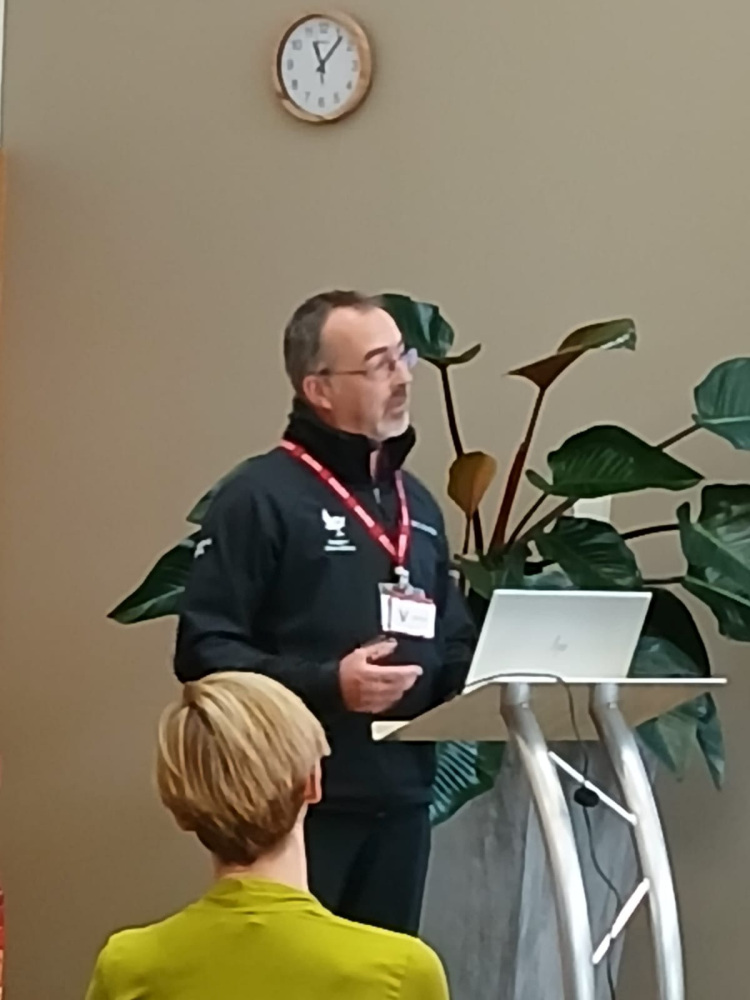
To match Don Rowlands, from Cairngorm National Park, ranger Duncan Macdonald, right, presented his own background and shared the Scottish story of the Wren and how it brought fire to humanity, another story which will be added to Cura Guardian.
This was an opportunity for both rangers to discuss what changes they are seeing in their everyday work as a result of climate change and loss of biodiversity, and what this means in terms of practice.
The answer to the question as to whether there is any rol for indigenous communities and their experience in today’s environment was overwhelmingly yes, as presented by both Don Rowlands and Chris Mitchell, Natural Resource Ranger, who joined from Longreach, Queensland National Park. Chris, who also has over 30 years experience as a ranger, shared his thoughts that knowing what he does now, he wished he had made contact with and listened to Don and what was coming from his Aboriginal community much sooner than he had done. That they are now working together to incorporate indigenous practices, such as the use of fire in land management today, is a demonstration of how the situation is changing in a positive direction. There is no doubt a long way to go but at least there is some desire now to hear Aboriginal voices and learn from people who successfully lived on and with the land for many centuries before the Europeans arrived.

The event was attended by a full house of invited VIP guests representing community and environmental oganisations, rangers, schools and Ms Maree Todd, MSP, Ms Eileen Stuart, Deputy Director, NatureScot – Climate and Nature and Mr Colin Simpson representing Cairngorm National Park. The event was undertaken courtesy of invitation from Great Glen House who donated the space for the event.

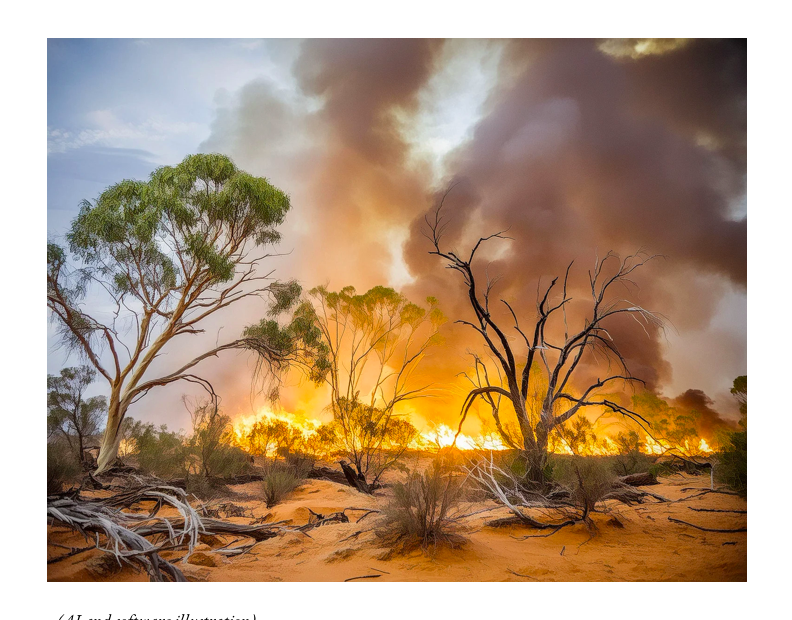
Both Don and Chris spoke of the use of fire in managing the environment, an Aboriginal traditional practice, and one that was being used in the Park area just a few weeks before the event. The use of fire is referred to in the Rainbow Serpent story, one of the three initial stories contributed by Don for Cura Guardian.
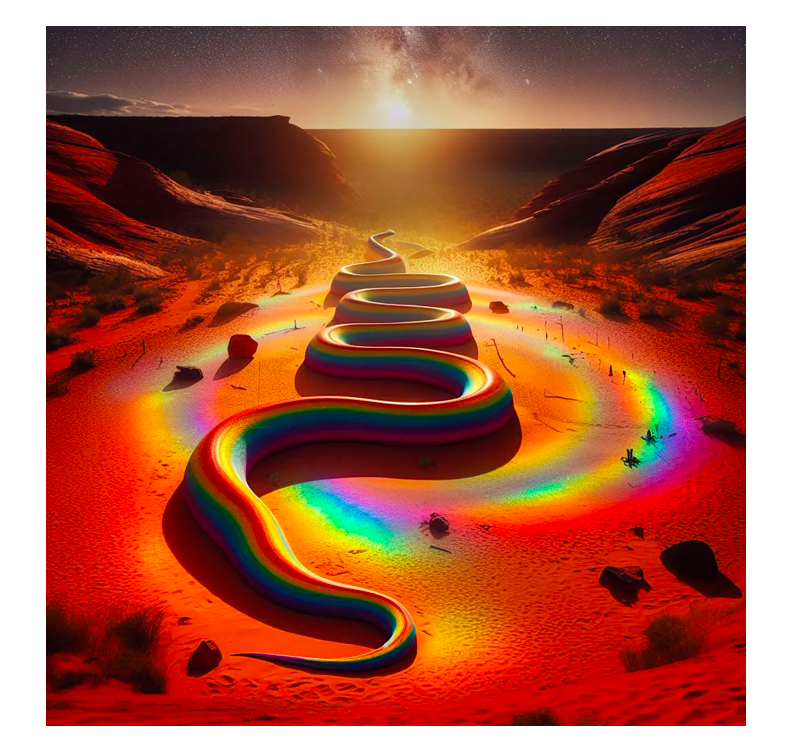
The Rainbow Serpent is a creation story, with a core message of the need for people to respect, care for and protect the land they inhabit. The story includes the gift of fire, to renew life, a sacred task entrusted to the people by the Rainbow Serpent.
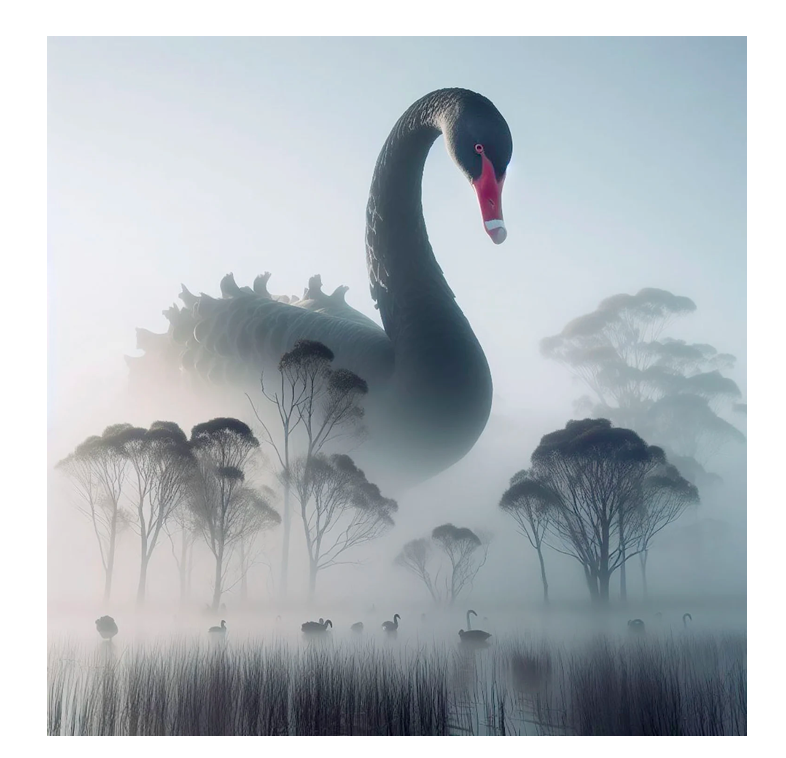
Kuti, the Swan, left, relates to the creation of the birds whilst The Mathapurda Pula, below, is a horrific story of two grandfathers, how they transgressed a fundamental law of life and the consequences, which would last for eternity. As Don explained, Aboriginal stories were often extreme in order to ensure they and the messages they embodied were remembered. The story has a powerful ending making a connection with the astronomical feature seen in the Southern Hemisphere, which became the ‘Clouds of Magellan’, named by European travellers and the name which has remained, despite this being adopted centuries after the original observation and naming by the Aboriginal peoples.
These three stories have led to the formation of an entirely new section on Cùra Guardian, ‘Oceania’. The artwork illustrations on this page are all drawn from that section on Cura Guardian, where you can read the full stories.
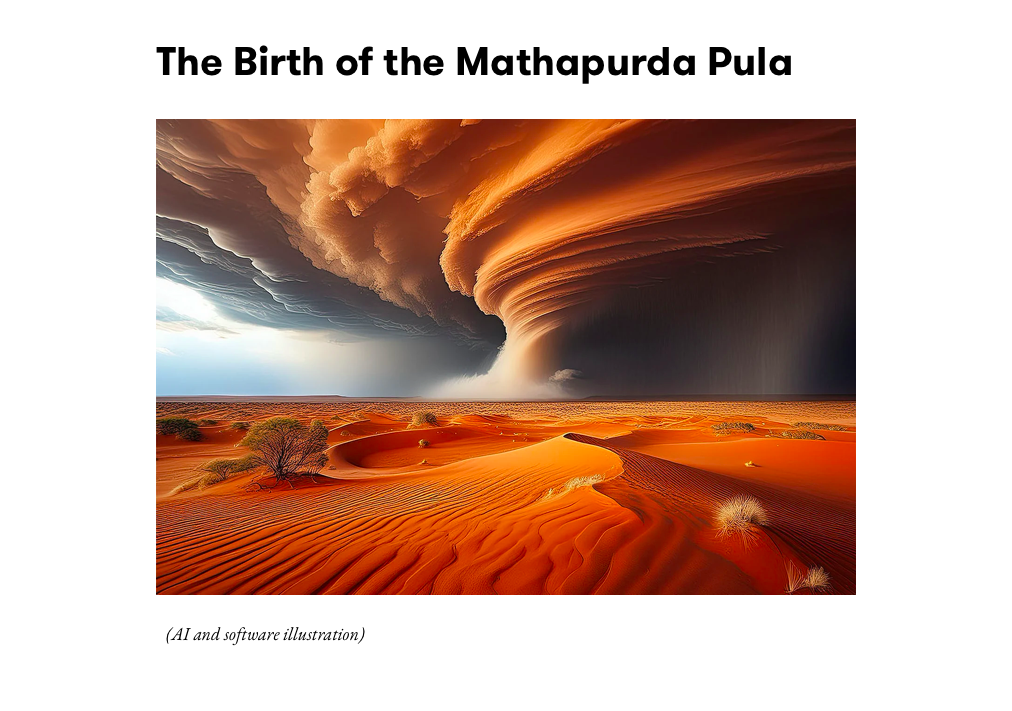
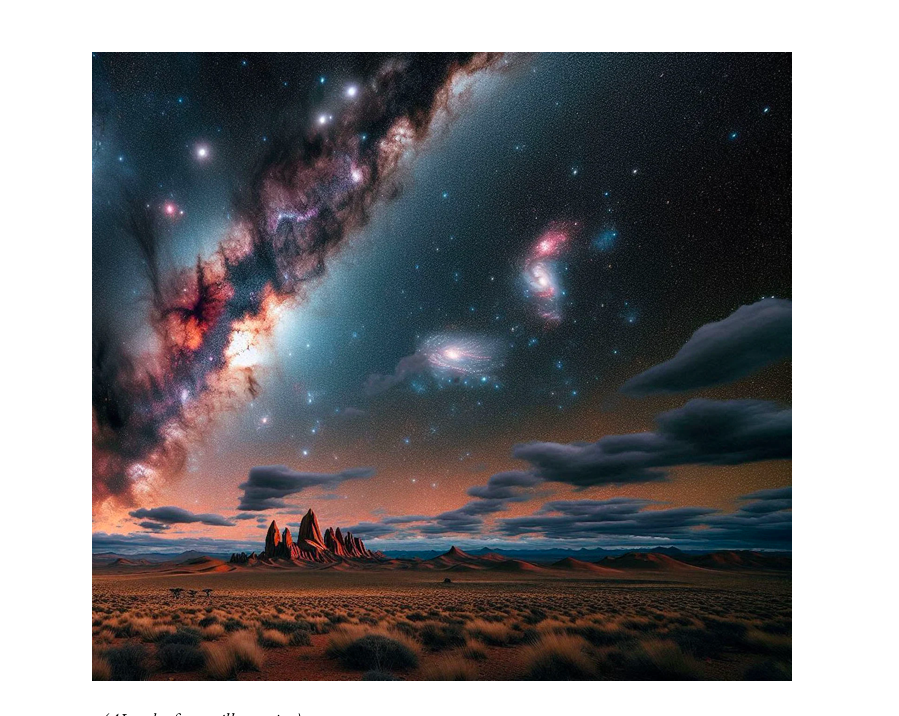
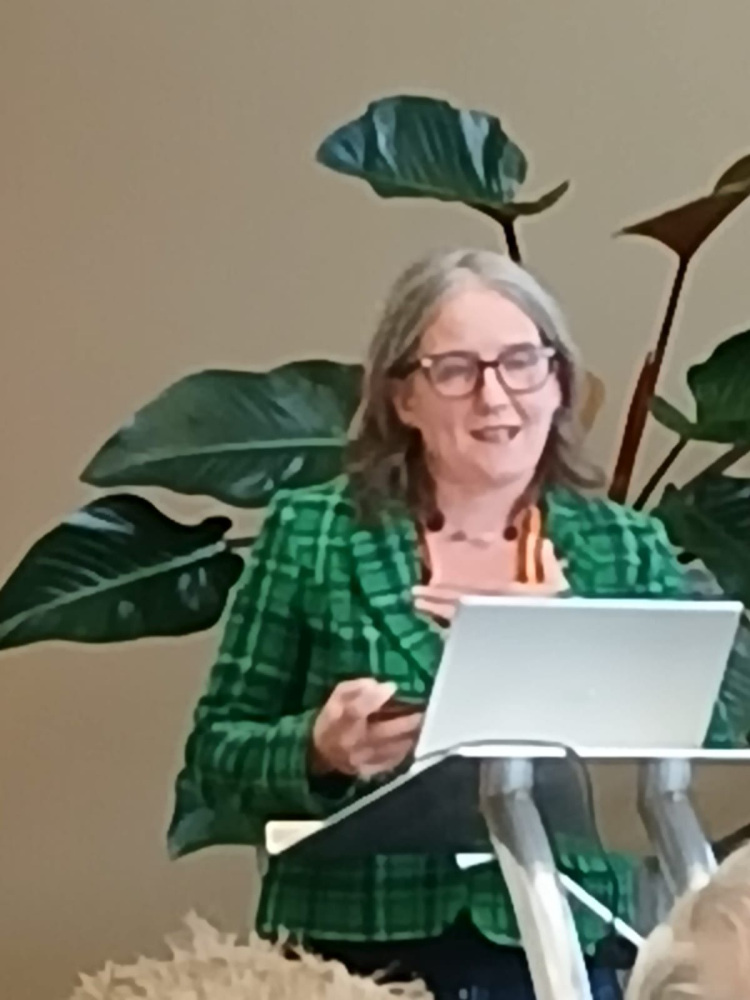
The event opened with a welcome address from Ms Maree Todd, MSP for Caithness, Sutherland and Ross. She spoke of the importance of cultural story in the context of environment and its ability to successfully engage with both new and existing audiences as well as the Scottish Government perspective.
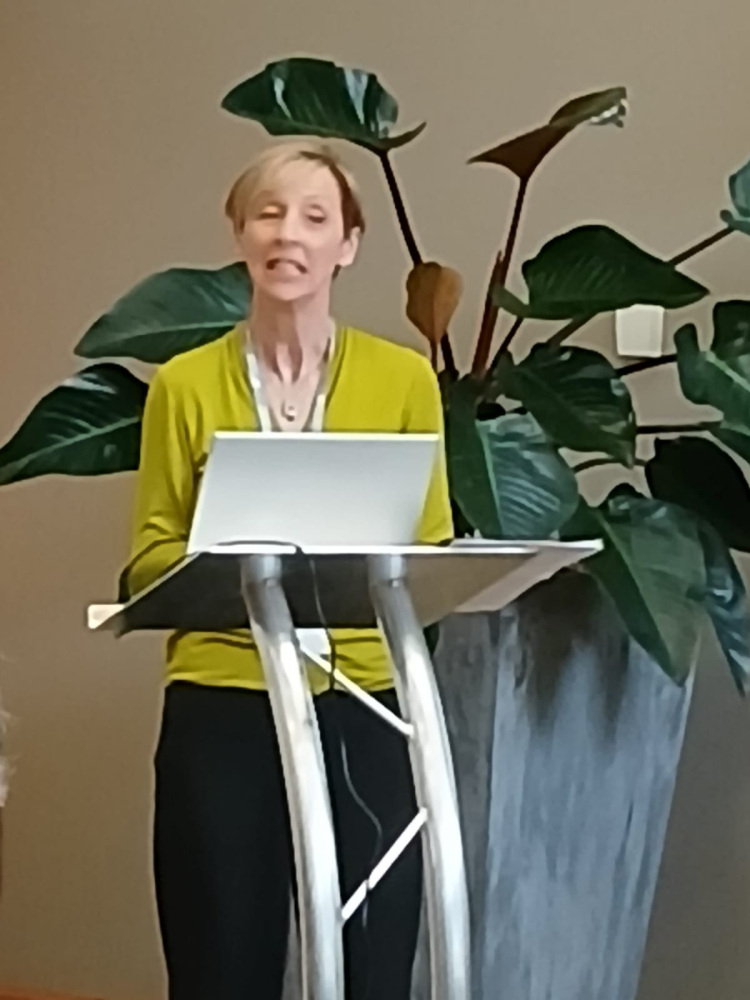
Ms Eileen Stuart, NatureScot Deputy Director for Climate and Nature, spoke of the value Cùra Guardian. in reaching out to and involving indigenous communiities across the world and also culturally diverse communities here in the UK. NatureScot supported the development stage of Cùra Guardian with initial funding.
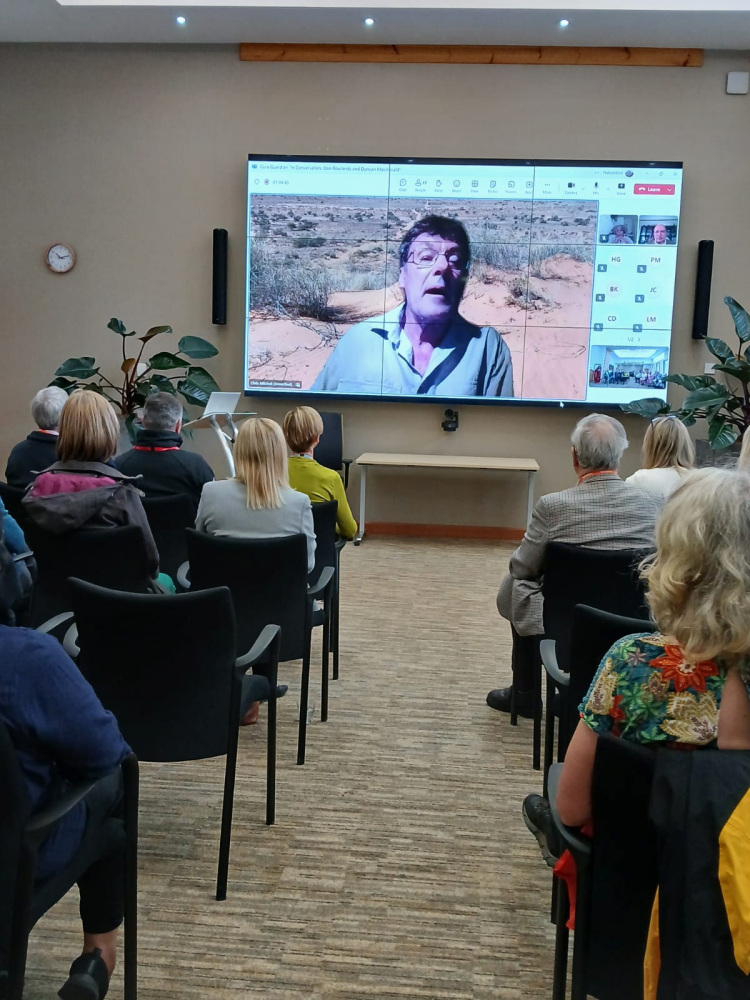
Mr Chris Mitchell joined from Australia representing Queensland National Park. He described how he has been working together with Don for some time, and the value of bringing land and wildlife management practices that have been used over centuries drawing on the background and experience of Don’s Aboriginal heritage and culture.
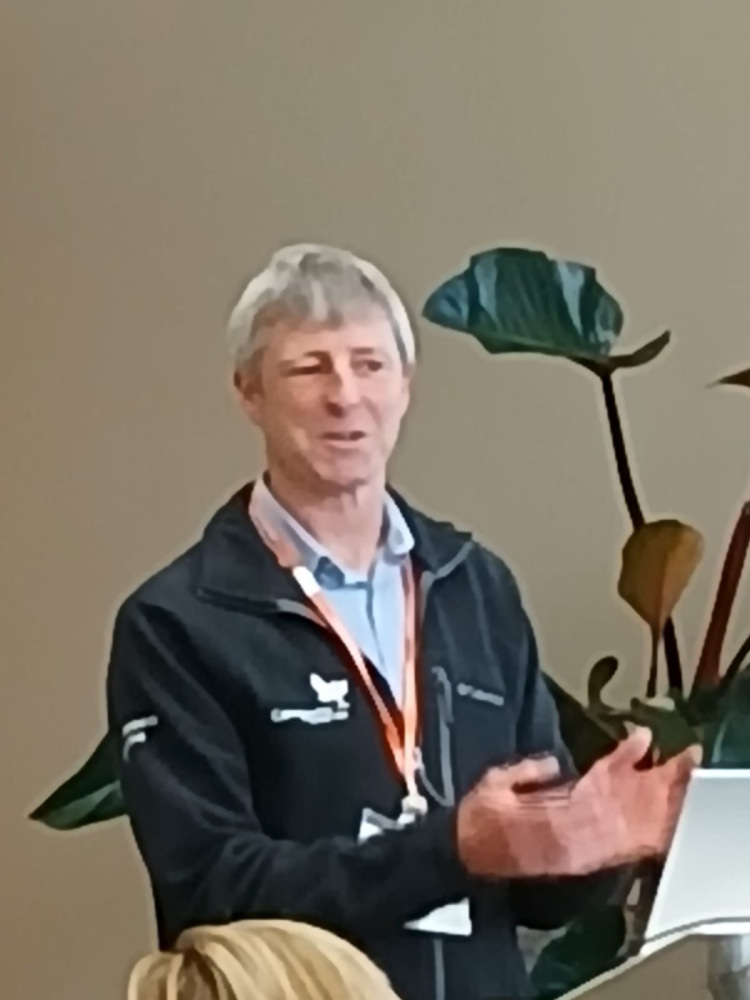
Mr Colin Simpson to represent Cairngorm National Park Authority spoke of the importance of sharing knowledge and practice from across the world and the impact of climate change in his own National Park area in Scotland.
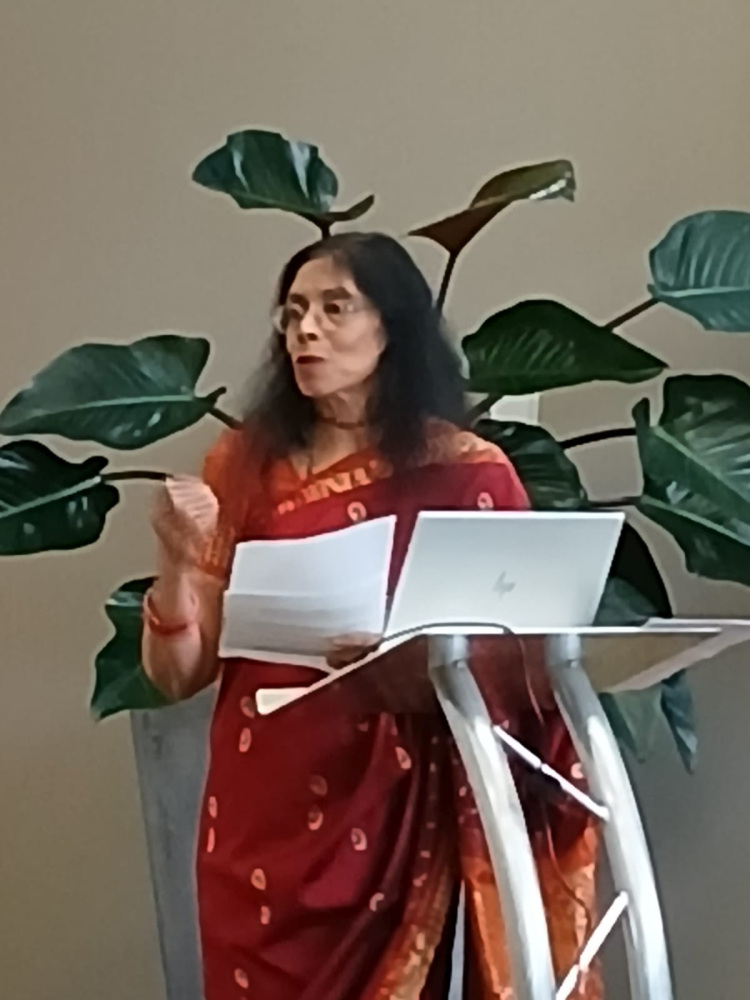
Sitakumari, Director and also principal dancer/storyteller for Heartstone, presented the three stories from Oceania and how Cura Guardian is helping to bring people together from vastly different backgrounds and cultures, this time with a focus on the natural world, people who would otherwise not meet, to generate contact, dialogue and understanding.
Children and young people from across Highland, who have been working with the ‘Oceania’ stories on Cùra Guardian had created artwork exhibits presented for the first time at the event.
The event was a unique exploration of two habitats from a scientific, cultural, social and historical perspective involving people whose everyday work brings them into direct contact with a changing world.
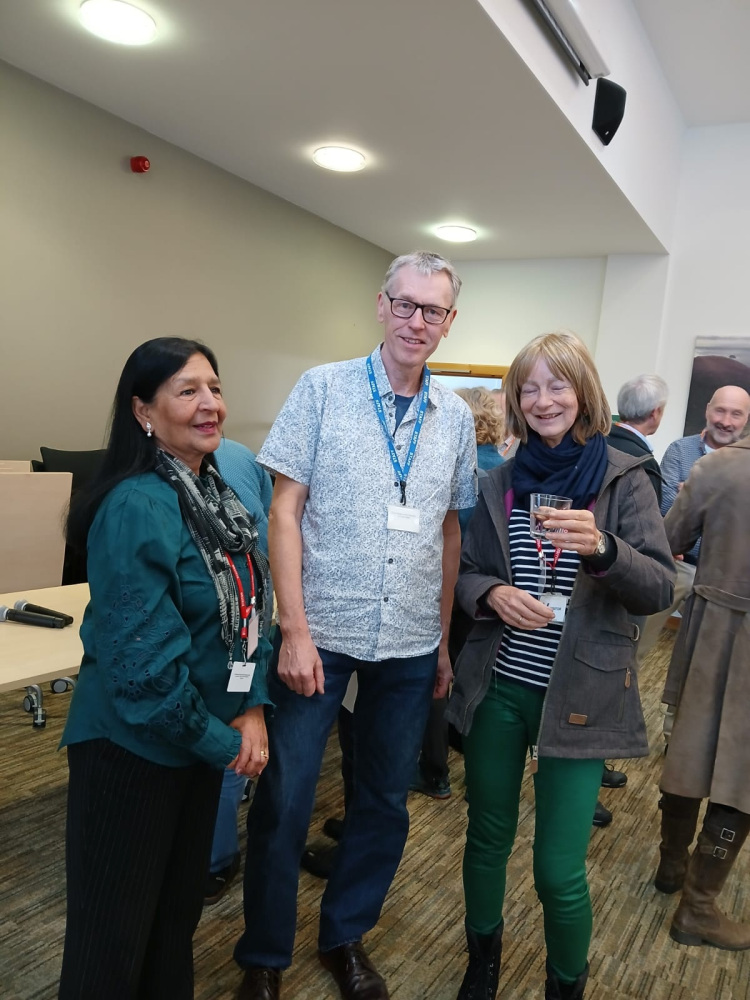
Dr Martin Gaywood, Species Project Manager for NatureScot, joined the event pictured here (central) with another VIP guest and Ms Nila Joshi (left), Co-Director Heartstone CISC and Founder of Edinburgh Women’s Interfaith Group (EWIG). Martin is assisting with access arrangements in Scotland for photography for Cura Guardian. Nila had brought other members of EWIG with her for whom this was a first-time visit this far north.
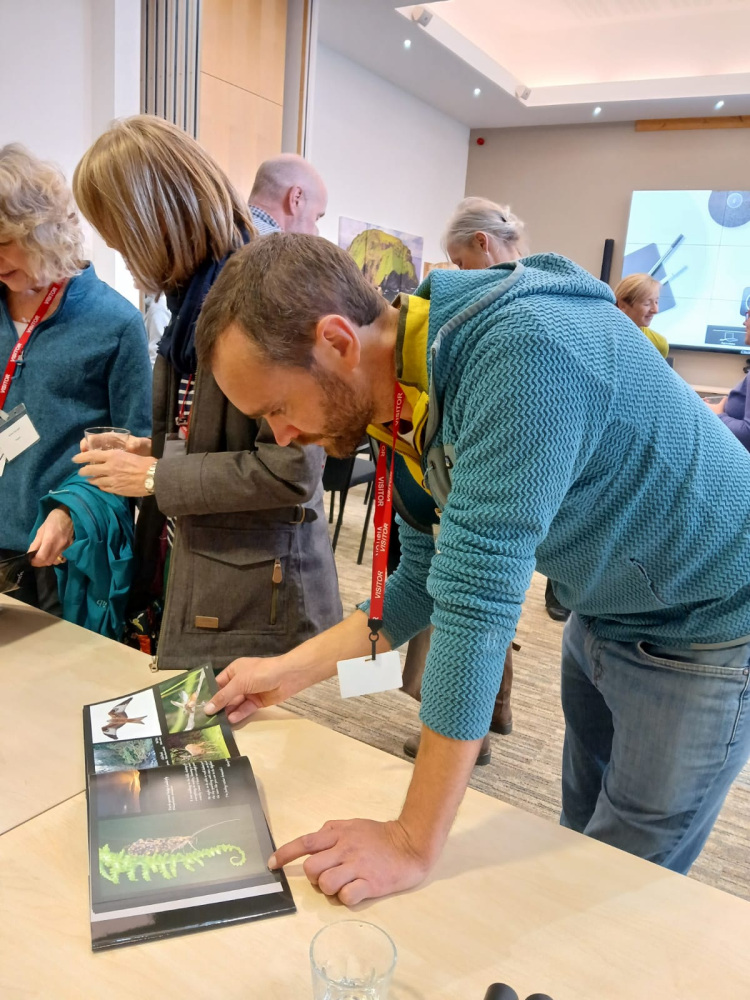
The ‘Glen Convinth’ book, produced as part of the development phase of Cùra Guardian was presented at the event to demonstrate one of the intended outcomes from Cùra Guardian. The book was funded by Highland Council, with photos and text by Nick Sidle and page design by four local Community Curators, local artists and those with interest in art and design. One copy was presented to the Highland Archivists at a special event at the Town House, Inverness. It is hoped a similar outcome will be achieved on an expanded scale with images and story narrative from Cura Guardian.
Cùra Guardian and Heartstone
Cura Guardian is an innovative concept, an online publication produced by Heartstone, which aims to shine a new light on the natural environment through documentary, spectacular images, latest scientific research highlighting the issues we are facing today, global cultural story and history intertwined. It is designed to inspire audiences, entertain and inform, bringing a non-Eurocentric approach, and is presented on the ‘Cura Guardian’ website at www.curaguardian.com. It starts in Highland Scotland but then spreads out to make connections with cultures across the world, to bring alternative views of the world that we all share. It has been initiated by Heartstone, a non-profit organisation based in Highland Scotland that produces and presents story – literature, photodocumentary, history. The core of the initiative has been created by Heartstone’s photographer/writer, Nick Sidle, and then contributed to by numerous partners, including global cultural partners, to add to the content.
Cùra is a character from the book Heartstone was founded from, ‘The Heartstone Odyssey’. He is a badger and his name in Gaelic means ‘protector’ or ‘guardian’. In the story, his role is that of a protector of place and home, both social and the natural world, and he has a strong Highland historical connection, a story for children which is also capturing the hearts and minds of adults, which is why he was chosen to lend his name to this project.
Acknowledgements
Heartstone is grateful for the support of NatureScot for the staging of this event at Great Glen House and for the support of Cairngorm National Park Authority who are continuing to support with access for photography and with speakers.

